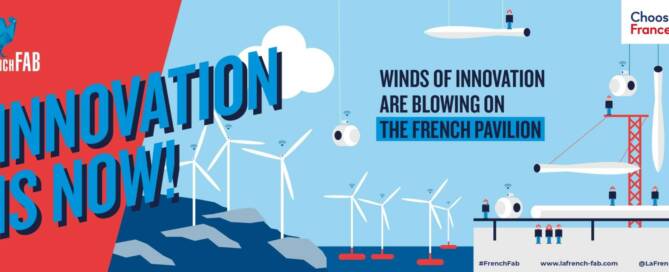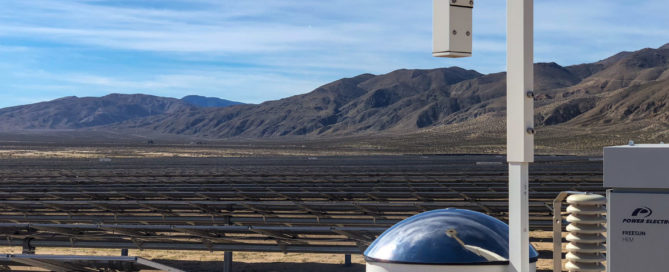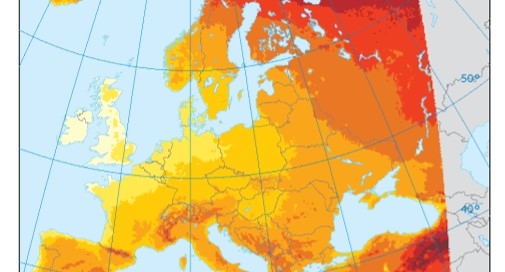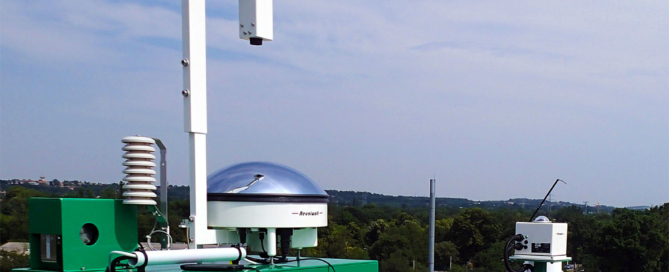Reuniwatt at WindEnergy Hamburg 2022
Winds of Innovation are blowing at Reuniwatt - meet us at WindEnergy Hamburg 2022. Reuniwatt's team will welcome you at booth 126.2 in Hall B6, at the French Pavillon. WindEnergy Hamburg 2022: the winds of innovation blowing from France 26 French companies will showcase expertise, innovations and technologies for the global wind energy industry on the French Pavilion in Hall B6 on stands B6.127,



![[Webinar] Wireless Laser Communications [Webinar] Wireless Laser Communications - 20210601 banner fsoc webinar](https://reuniwatt.com/en/wp-content/uploads/sites/3/2021/06/20210601-banner-fsoc-webinar-669x272.jpg)





